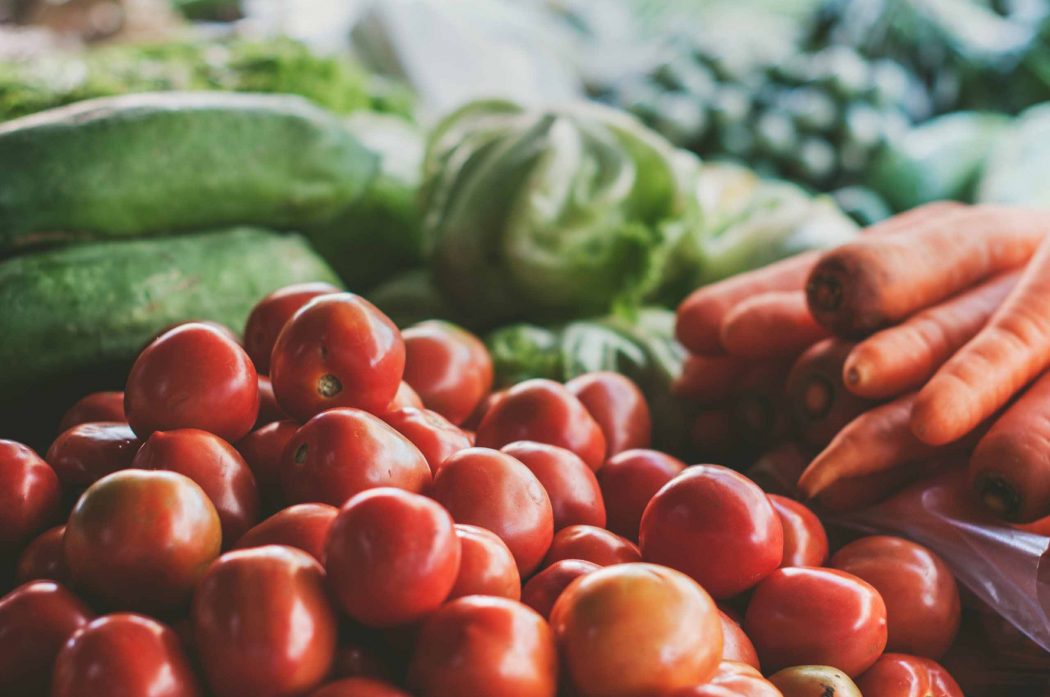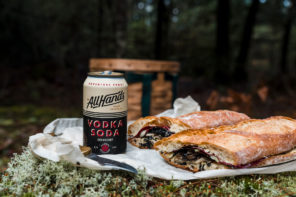The harsh reality is that about 40 percent of all the food produced each year is thrown away, while 15 percent of Americans still go hungry or are food insecure. Food waste is also a huge source of pollution. When it breaks down in landfills, for instance, it produces methane (a greenhouse gas worse than carbon dioxide). We have to return to being a society that shows an appreciation for food. America is slowly losing a generation of people who packed doggie bags or froze their leftovers, so it’s up to us to start acting like conservation is cool and recycling is rad.
On the business side, we need to start a revolution to help make drastic food waste a thing of the past. And like most revolutions nowadays, it will start in the digital sphere. With juicing, we have to admit we’ve got it pretty easy. At Montauk Juice Factory, we are close to becoming a 100% waste-free facility. We donate our leftover pulp to local farms to use as feed and fertilizer. We share the juices set to expire with our friends, family and members of the community. Easy peasy, no waste. However, we know not all businesses are created equal in size.
The bigger the business, the harder it becomes to get all that trash sorted. Creating awareness through social media is the path that will most likely lead to change. The UK has a slew of apps that are aimed at recycling cosmetically-challenged perishables, with functions like offering flash sales to customers on set-to-expire products. Working together to address the issue of waste from a business-to-business vantage point can help reduce the costs associated with waste and create a better experience for businesses and consumers.
You might be saying, “that’s all fine and dandy but as an individual, what can I do?” That delicious chow is too good for the garbage but if you aren’t ready to clear your plate every time, that’s okay.
Here are some low-key alternatives to 86 the waste and close the loop:
1. Pack it up, pack it in. Ask for a doggie bag. What is better than enjoying a great meal once? Enjoying it twice. Less cooking, more bang for your buck.
2. Get creative with repurposing. Friday’s mashed potatoes can become Saturday’s hash brown breakfast. Monday’s salad scraps make a great stir-fry addition to Taco Tuesday.
3. Bigger isn’t always better. Making smaller trips to your local market ensures less time for food to go bad. Buy less, more frequently. Purchase ingredients for a specific recipe instead of convincing yourself you will use that whole economy tub of tzatziki sauce. (P.S. — you won’t.)
4. Spoiler alert! Store foods that will spoil fastest, like berries or meat, at eye level and not hidden away in drawers. Now they’re always on your radar.
5. Freeze! Fruit like bananas, strawberries and avocados can be frozen in a resealable freezer bag and busted out for smoothies, guacamole, banana bread and so on. Take to Pinterest for endless recipes for foods that have gone beyond the “visually appealing” state.
6. Think twice. I’m not saying you have to become a dumpster diving freegan, but some things we throw out have value to others and vice versa. Before you toss that jar of orange marmalade from your Harry & David gift basket, hit up a friend who might have a hankering for some kick-ass jam.
7. Food pantries. Donating food to social institutions just before the expiration date is a way to ensure that someone in need is making good use of food that would normally be tossed.
8. Compost up. Leftover food scraps do wonders to make your garden grow and it’s cheaper than heading to Home Depot. Keep a can or bucket on your countertop or in your backyard and enjoy next season’s crop of killer cucumbers!
9. Start ‘em young. Be a good influence for the young groms out there — make sure to teach that food is precious and make it a point to carry out mindful decisions around what goes in the trash. They will soon catch on. No more teenage wasteland — and it starts with us.
Out here at the end of the world, we are very aware of food waste. We don’t know if it’s the proximity to the ocean, the distance to the dump or the fact that the birds linger and pry open garbage bags from kitchens of the local restaurants, but we are very sensitive to seeing food in the trash.
Food waste doesn’t have to be an inevitable part of living and working though. Much of this waste can be better managed within communities, by businesses and individuals alike — no need to be knee deep in the scraps. Let’s groove together and remember food belongs in our bellies, not in the garbage.










